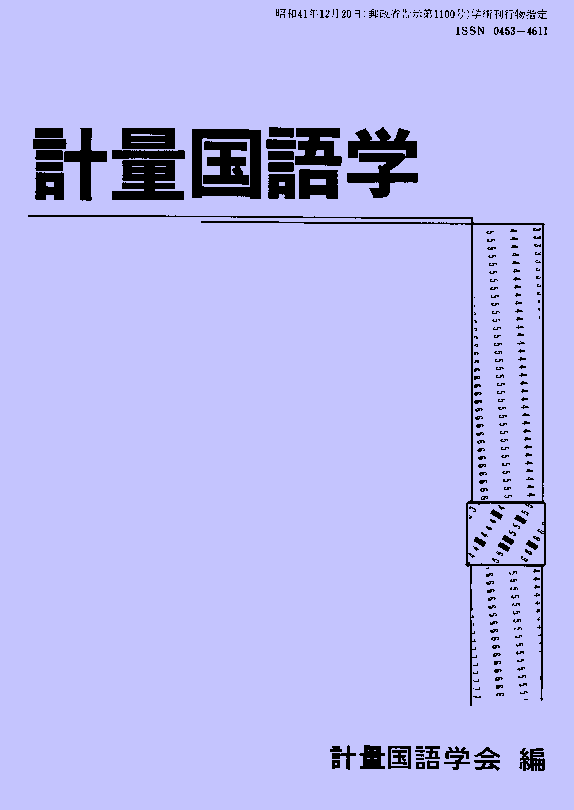Volume 31, Issue 4
Displaying 1-4 of 4 articles from this issue
- |<
- <
- 1
- >
- >|
Paper A
-
Article type: Paper A
2018Volume 31Issue 4 Pages 261-280
Published: March 20, 2019
Released on J-STAGE: July 31, 2019
Download PDF (14527K)
Paper B
-
Article type: Paper B
2018Volume 31Issue 4 Pages 281-296
Published: March 20, 2018
Released on J-STAGE: July 31, 2019
Download PDF (848K)
Author's Book Review
-
Article type: Author's Book Review
2018Volume 31Issue 4 Pages 297-298
Published: March 20, 2018
Released on J-STAGE: July 31, 2019
Download PDF (519K)
Tutorial
-
Article type: Tutorial
2018Volume 31Issue 4 Pages 299-314
Published: March 20, 2018
Released on J-STAGE: July 31, 2019
Download PDF (4738K)
- |<
- <
- 1
- >
- >|
